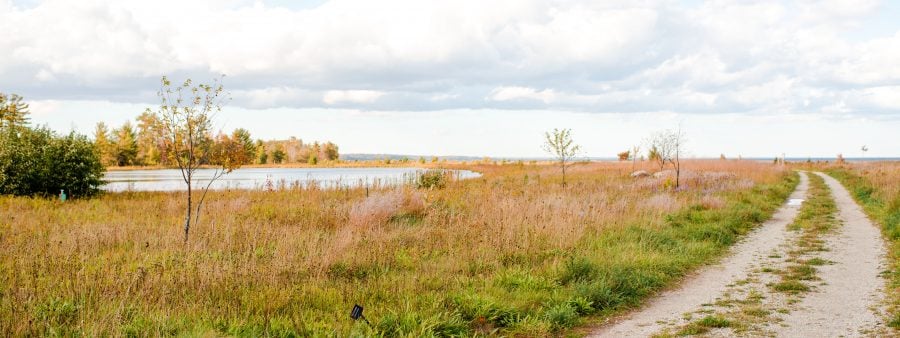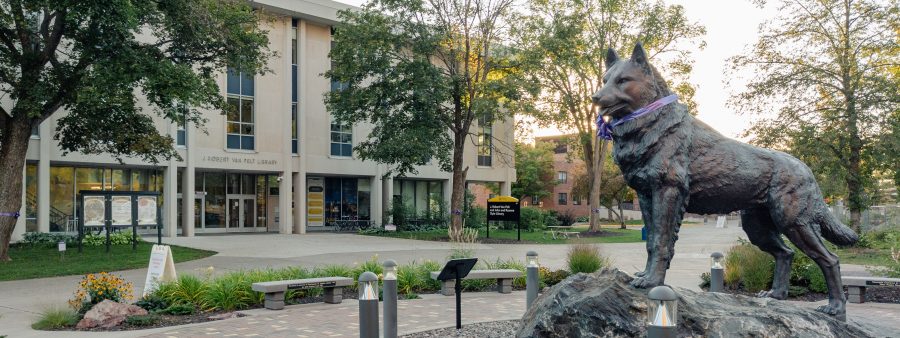
November is Native American Heritage Month, and like all of the United States, the Keweenaw Peninsula has been home to Indigenous peoples for thousands of years. The more recent inhabitants included those of several nations including the Dakota, Fox, and Menomonie. The most prominent nation in these lands before the incursion of Europeans was the Ojibwe. This heritage month is an opportunity for us to learn, share, and celebrate the culture of these first peoples.








